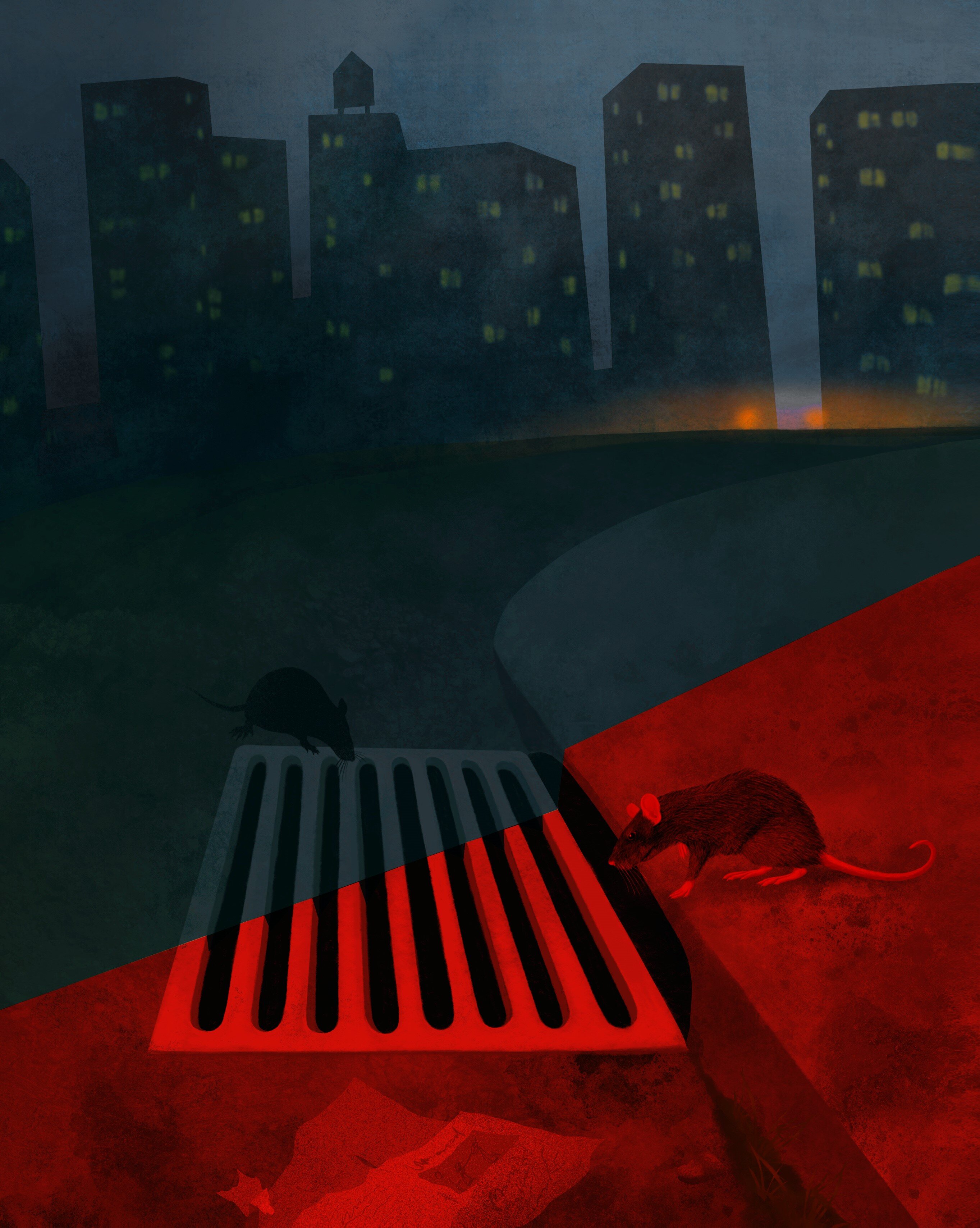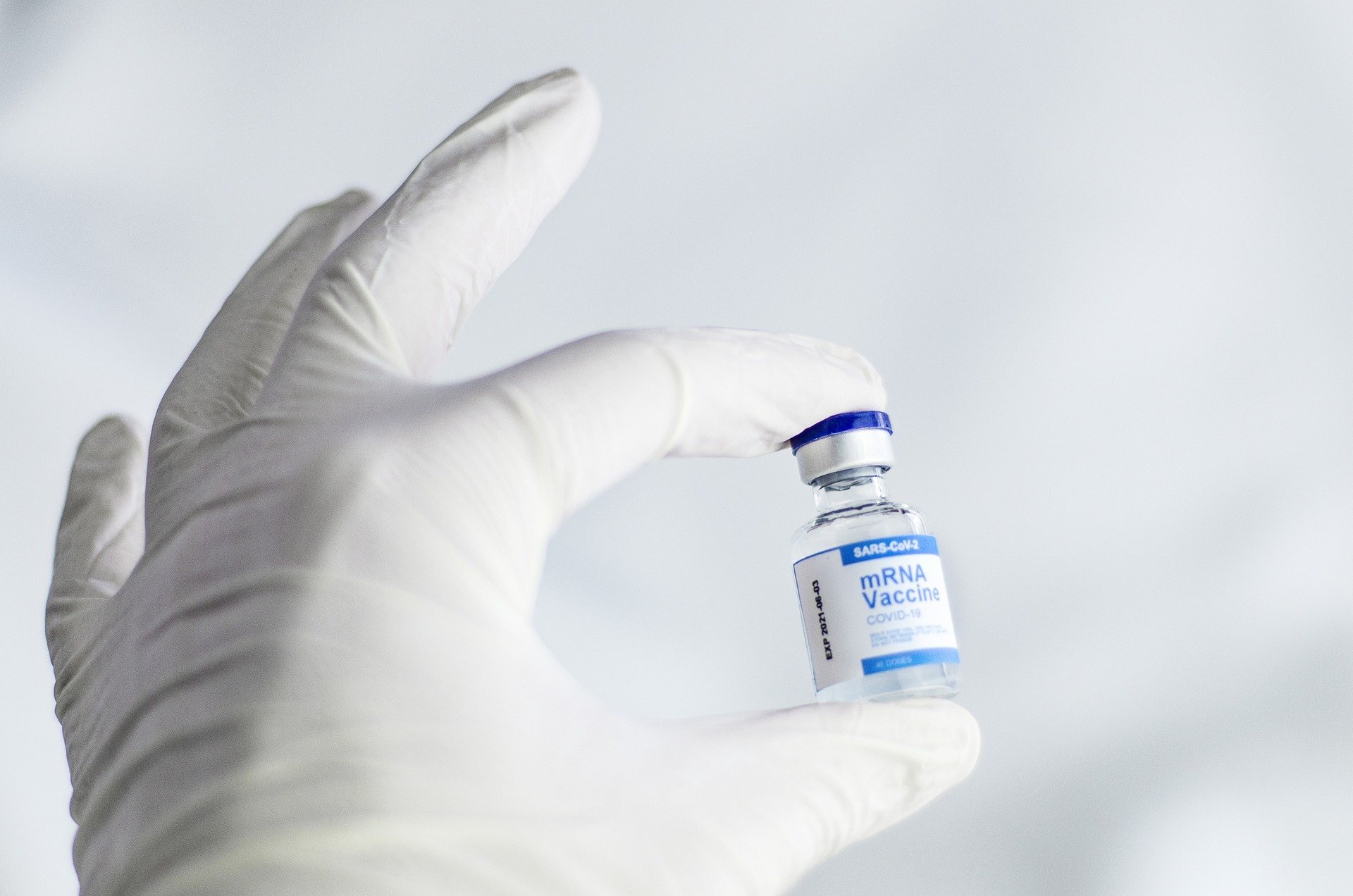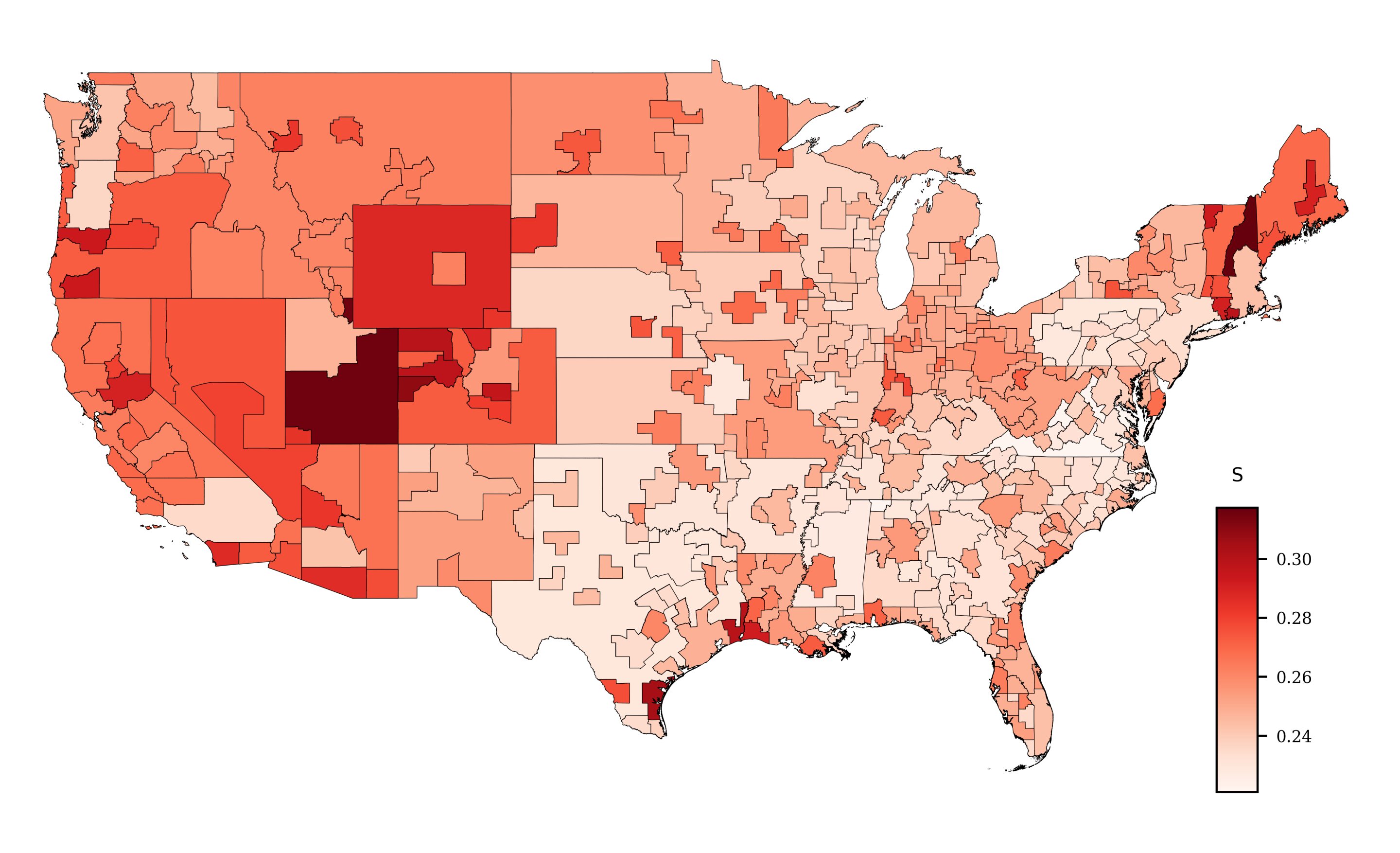#The surprising red light vision of rodents

“#The surprising red light vision of rodents”

It is commonly thought that rodents are functionally blind when their surroundings are illuminated with light of longer wavelengths, which humans perceive as red. A new study, published in eLife by Nader Nikbakht of the Massachusetts Institute of Technology and Mathew Diamond of SISSA—Scuola Internazionale Superiore di Studi Avanzati—challenges this assumption and shows that rats can accurately discriminate objects that are illuminated only by red light. “This result demonstrates that rodents have very good visual form perception even under conditions of weak activation of retinal photoreceptors. The findings have implications for the design of experiments and the housing of rodents,” Mathew Diamond, Director of SISSA Tactile Perception and Learning Lab says.
Rats, like many rodents, are largely crepuscular, and even during daylight, are usually to be found in poorly illuminated environments. Their retina is rod dominated with cones, the cells that give rise to color perception, making up as little as 1% of photoreceptors. “Rodents lack red cones, i.e. the red light receptors. That might be one reason why scientists have thought for many years that red light was experienced as a total absence of usable light by rats,” notes Nikbakht, who was a SISSA Ph.D. student and postdoc before taking a position at MIT. He continues, “Actually, from the inability to see red as a color, it does not necessarily follow that they cannot use long wavelength illumination: We challenge the notion of form vision blindness under red light and find, contrary to expectation, good behavioral performance.”
Rats were required to recognize the orientation of a solid disk-like object with parallel bars, alternately colored white and black, thus forming a square wave grating. Each trial was run with light sources of various wavelengths and the animals were found to perform well even under wavelengths perceived as far-red by humans. “There are immediate applications,” Diamond comments. “A complete understanding of the visual processing of these animals is important in the design and control of the behavioral and physiological experiments. For instance, when a rat navigates through an apparatus using olfaction, under red light, it may be able to use visual cues as well as olfactory cues. Another application is to ensure optimal environmental lighting conditions for animals’ well-being in laboratory settings. It is common to keep the animals under dark red light at night, assumed to be perceived as total darkness. Now we know it’s not dark for them.”
Nader Nikbakht et al, Conserved visual capacity of rats under red light, eLife (2021). DOI: 10.7554/eLife.66429
Citation:
The surprising red light vision of rodents (2021, August 10)
retrieved 10 August 2021
from https://phys.org/news/2021-08-red-vision-rodents.html
This document is subject to copyright. Apart from any fair dealing for the purpose of private study or research, no
part may be reproduced without the written permission. The content is provided for information purposes only.
If you liked the article, do not forget to share it with your friends. Follow us on Google News too, click on the star and choose us from your favorites.
For forums sites go to Forum.BuradaBiliyorum.Com
If you want to read more Like this articles, you can visit our Science category.




